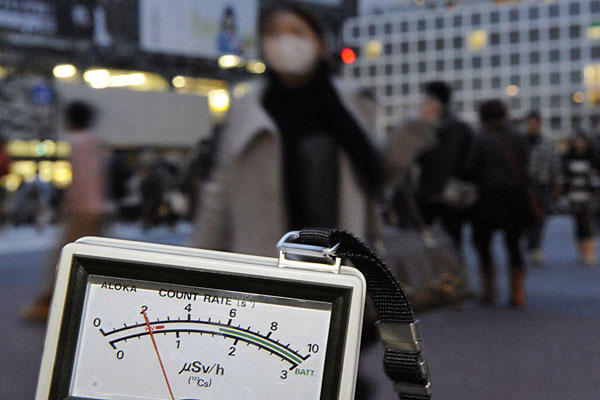World: Tokyo’s dealing with their energy drama fairly well so far
- yes the trains are running slower and less frequently in Tokyo, in an effort to save energy
- no authorities don’t expect Tokyo’s power to go out despite higher usage in the wake of cold weather
- yes people in Tokyo have gotten stuck in elevators as the result of rolling blackouts source

